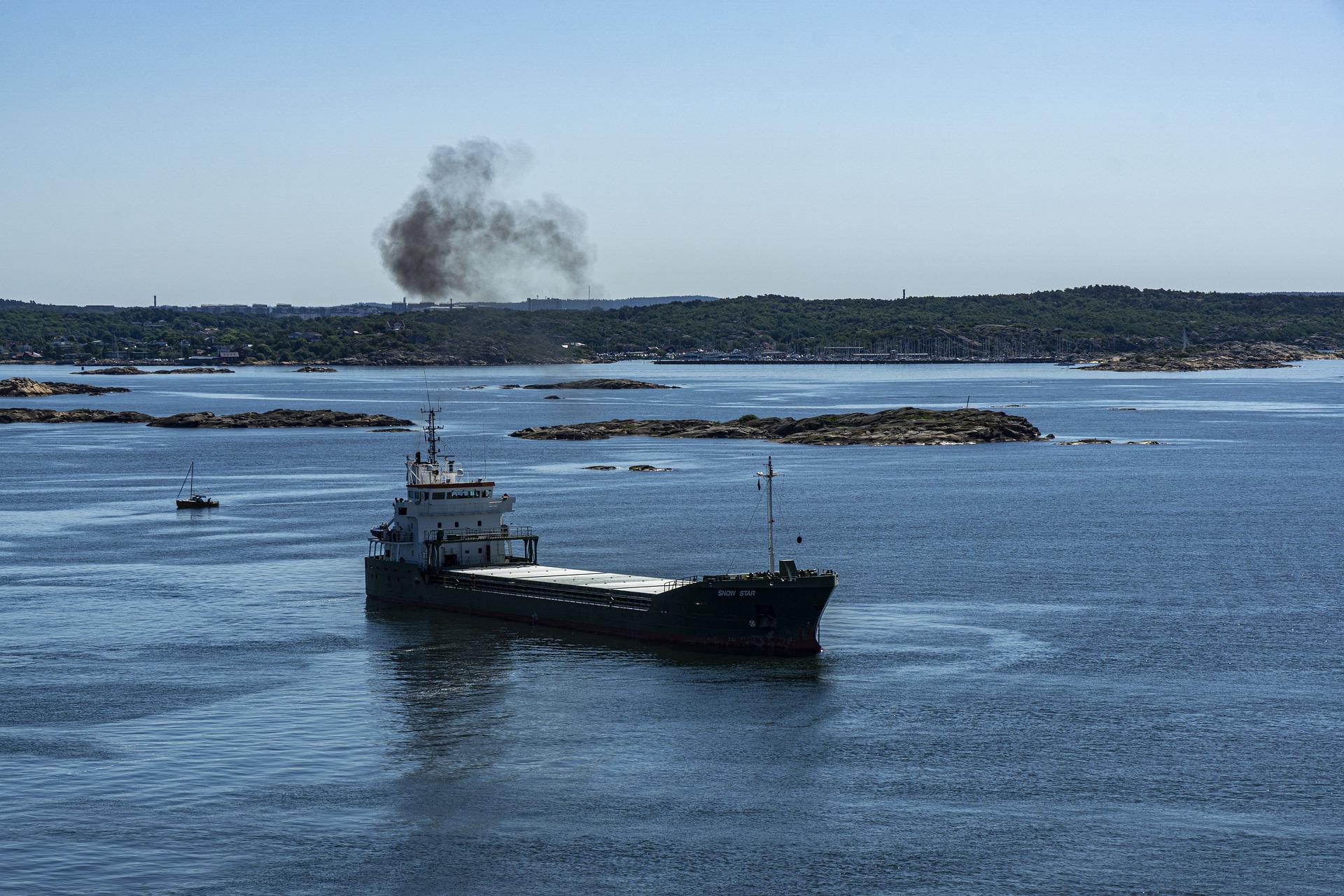

For decades, the shipping industry has been allowed to burn the worst of the worst type of fuel. Heavy sulphur fuel oil, or HSFO, is cheap and widely used, but sulphur emissions are damaging to our health and the environment – sulphur oxides are known to contribute to respiratory problems and acid rain. Now the industry must brace for a dramatic transition: a limit for sulphur in shipping fuels, known colloquially as the global “sulphur cap.”
The International Maritime Organization (IMO) agreed to the sulphur cap in 2012, deciding ships would not be allowed to burn fuel oil with a sulphur content above 0.5% – a dramatic decrease from the current limit of 3.5%. Three years ago, the IMO confirmed the cap’s implementation date as Jan. 1, 2020. Port authorities and coastal states will be in charge of verifying all ships sailing to their ports and those in their waters are compliant.
Most ships are expected to swap to low-sulphur fuel oil, or LSFO. However, the price of LSFO from January 2020 onward is difficult to predict. The industry expects it to be more expensive than HSFO and the uncertainty of its price has caused some ship owners to seek a different solution: scrubbers.
Scrubbers are exhaust-gas cleaning systems that would allow ship operators to comply with the sulphur cap while continuing to burn HSFO. Scrubbers use water to remove sulphur emissions and particulate matter from exhaust gases. Certain types of scrubbers, such as open-loop scrubbers, filter the water and release it back to the ocean while the remaining sludge (waste collected during operation) is stored and disposed of once in port. There is significant environmental impact with the ocean absorbing the resulting pollution. While air quality improves because emissions are cleaner, the water quality in the ocean declines. In fact, there is precedent for not using scrubbers. Many Asian, European and US states forbid the discharge of scrubber water in their ports. Some of them, like Malaysia, have even radically banned them within their national waters.
The search for a cleaner shipping fuel
An increasing share of ship owners are looking for solutions that reduce the climate impact of shipping. The upcoming sulphur cap is a perfect opportunity for the shipping industry to think longer term and invest in zero-emission fuels such as green[1] hydrogen or ammonia. As we explain in our report Sailing On Solar, and our latest report Electrofuels for Shipping, hydrogen and ammonia, when produced using renewable energy, are promising potential alternative fuels that can decarbonise shipping. Although more work needs to be done on the safety of using these fuels at sea, we are getting closer to being able to implement them at scale.
Many energy companies are promoting liquid natural gas, or LNG, as a cleaner fuel to the shipping industry. But while emissions from burning LNG are completely sulphur-free, it is far from being a clean fuel. When LNG escapes into the atmosphere unburnt, which occurs throughout the production chain, it releases methane. Methane has a 20-year warming potential 72 times greater than carbon dioxide[2], making methane extremely dangerous for the environment. While LNG is cleaner than HSFO and most other fossil fuels, it is still a climate polluting fossil fuel that can worsen the current climate crisis.
Getting to a greener shipping future
EDF supports solutions which lead to decarbonisation, such as the Getting To Zero Coalition, which was just launched in New York during the UN Climate Summit in September. It calls for the deployment of zero-emission vessels on deep sea routes by 2030. The new leadership of the European Union has identified shipping as one of the last sectors lacking policy to reduce its emissions. As a result, proposals that include shipping in the EU’s existing Emissions Trading System are expected in 2020. In addition, earlier in November, the International Maritime Organization agreed that, although the main focus should be on ship emissions, the full lifecycle of fuels should be taken into account when considering policy options to reduce shipping emissions.
All of this is leading to an important milestone: the shipping industry must identify and implement solutions that are climate friendly from production to use, such as green ammonia or hydrogen. The sulphur cap is an opportunity for the shipping industry to get ahead on the path to decarbonisation by advancing clean and safe zero-emissions fuels. It should not deviate from this path by chasing devices or HSFO alternatives that do more environmental harm than good.
[1] Hydrogen and ammonia are called ‘green’ when they are produced from renewable energy.
[2] Forster, P. et al., 2007. Changes in Atmospheric Constituents and in Radiative Forcing. In: Climate Change 2007: The Physical Science Basis. Contribution of Working Group I to the 4th Assessment Report of the Intergovernmental Panel on Climate Change. Cambridge University Press, Cambridge, UK and New York, USA.